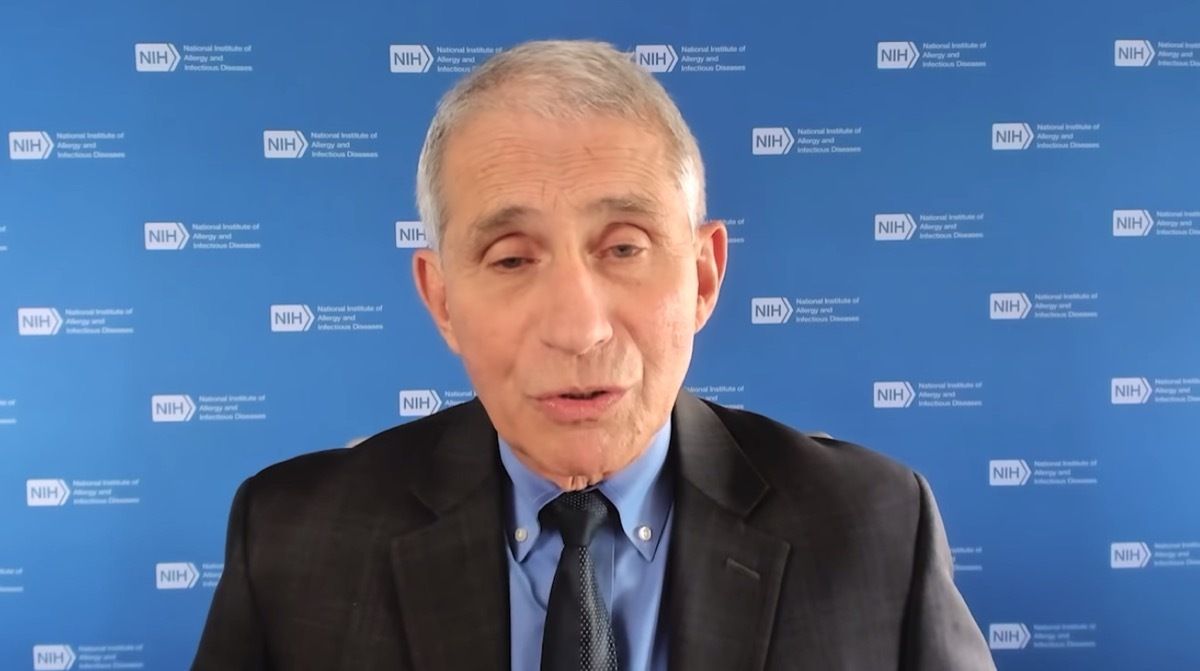8 Women's Inventions that changed the world
It is well known that throughout history women have been relegated to a background, and in the field of science, even more. For this reason, until recent years has given greater dissemination to the achievements of these women who in many cases were a key piece in the development of technologies that have changed our way of life.
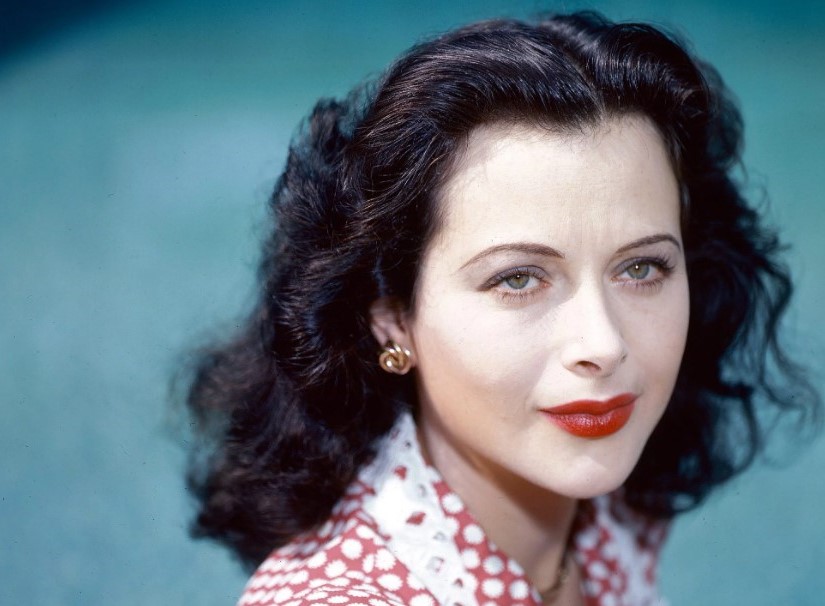
It is well known that throughout history women have been relegated to a background, and in the field of science, even more. For this reason, until recent years has given greater dissemination to the achievements of these women who in many cases were a key piece in the development of technologies that have changed our way of life.
Hedy Lamarr: Wireless data transmission
Known as "the most beautiful woman in the history of cinema", Hedy Lamarr was much more than that. Born in Austria in 1914, she since she said she highlighted by her intellect. She studied engineering in telecommunications at the university, but left school to dedicate himself to the cinema.
However, years later and as well as a whole star, she decided to resume her career, in the time of World War II, to contribute to the cause. It was then when she and the pianist George Antheil developed the frequency switching technique, which was the basis for the current WiFi technology.
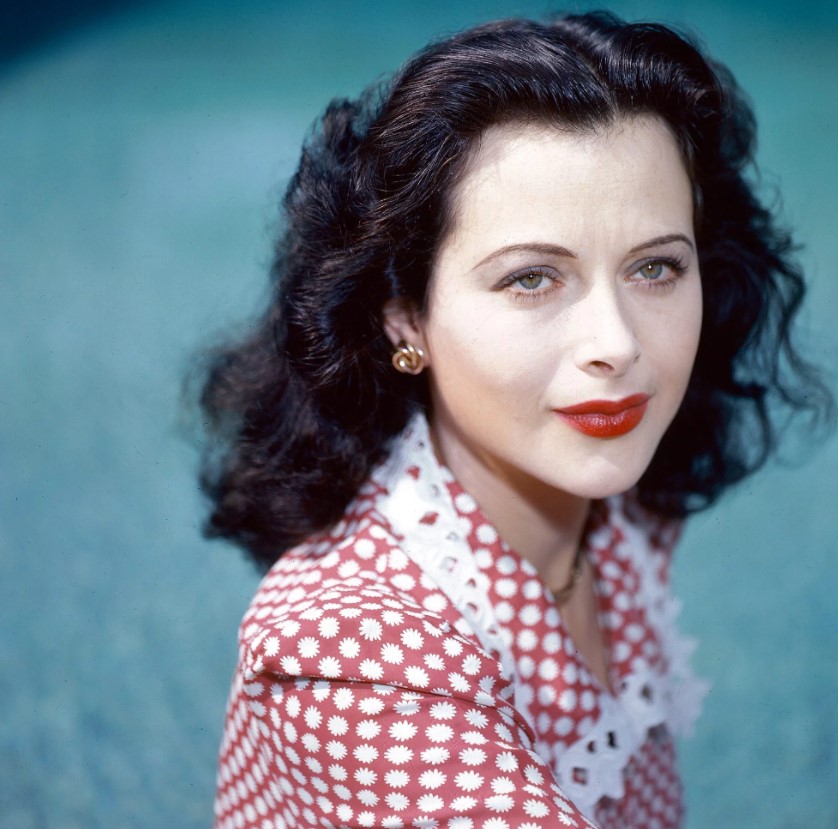
Katharine Blodgett: The antirefleeing crystals
Scientist of American origin, she was the first woman in obtaining a Ph.D. in Physics, at the University of Cambridge, in 1926. She was about the behavior of electrons in ionized mercury vapor.
After graduating, she was hired by General Electric, where she developed her's career. She patented several inventions, being the most outstanding anti-reflective crystal, which is used today on television screens, computers, windshield, glasses, telescopes and more.

Angela Ruiz Robles: The precursor of the electronic book
In 1954, the Spanish professor and inventor Angela Ruiz Roiz created a mechanical encyclopedia with the purpose of making learning more interactive.
The device has coils, displaceables and push buttons, with which the words, phrases or topics of all kinds of writings are formed. He also had light, to be able to be used in the dark. Closed, the encyclopedia was the size of a book, light, and very easy handling.
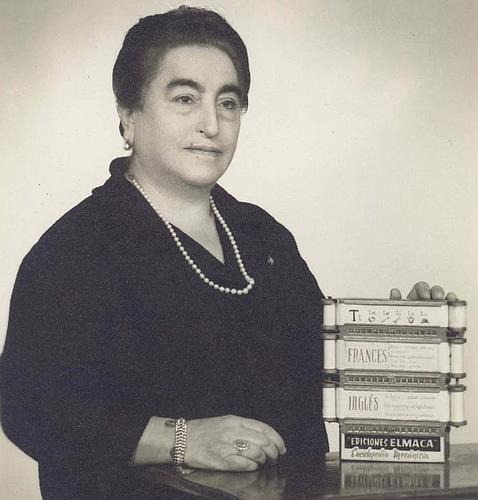
Lettitia Geer: the syringe
Although before the invention there were instruments to inject patients, the contribution of it was very innovative, since it could be used with one hand without the help of an assistant, which facilitated work of doctors.
American nurse, Letitia Geer patented her creation in 1899, which until date is very useful.
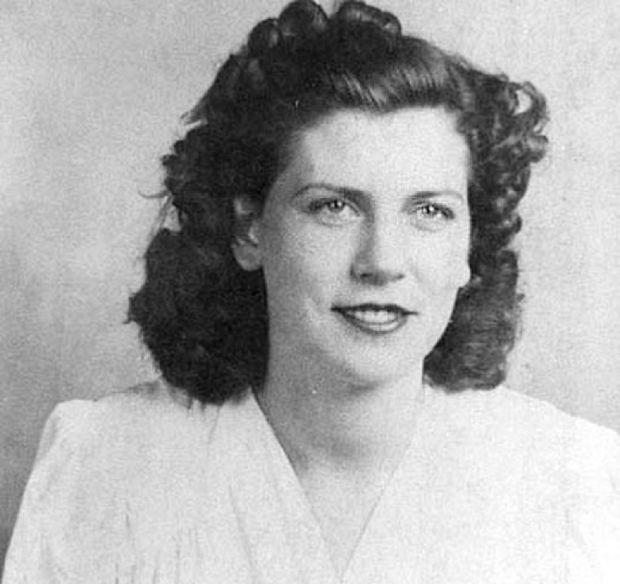
Stephanie Kwolek: The Kevlar
Pioneer in the area of polymeric materials, the American chemistry Stephanie Kwolek changed the world when she created the Kevlar, in 1965.
Working in DuPont, she was in charge of finding and developing new synthetic fibers, more resistant than nylon and extreme conditions.
Nowadays, the invention of it has more than two hundred applications, being probably the most relevant, the use of it in the bulletproof vests.

Margaret Hamilton: Space Software
Margaret Hamilton, scientific and American mathematics, was in front of the software area in the NASA Apollo Program. During those years, she developed the flight program of Apollo 11, which was the first manned mission that managed to land on the Moon.
The software design of it was innovative, due to the prevailing need for solidity and safety, for the survival of astronauts in space.
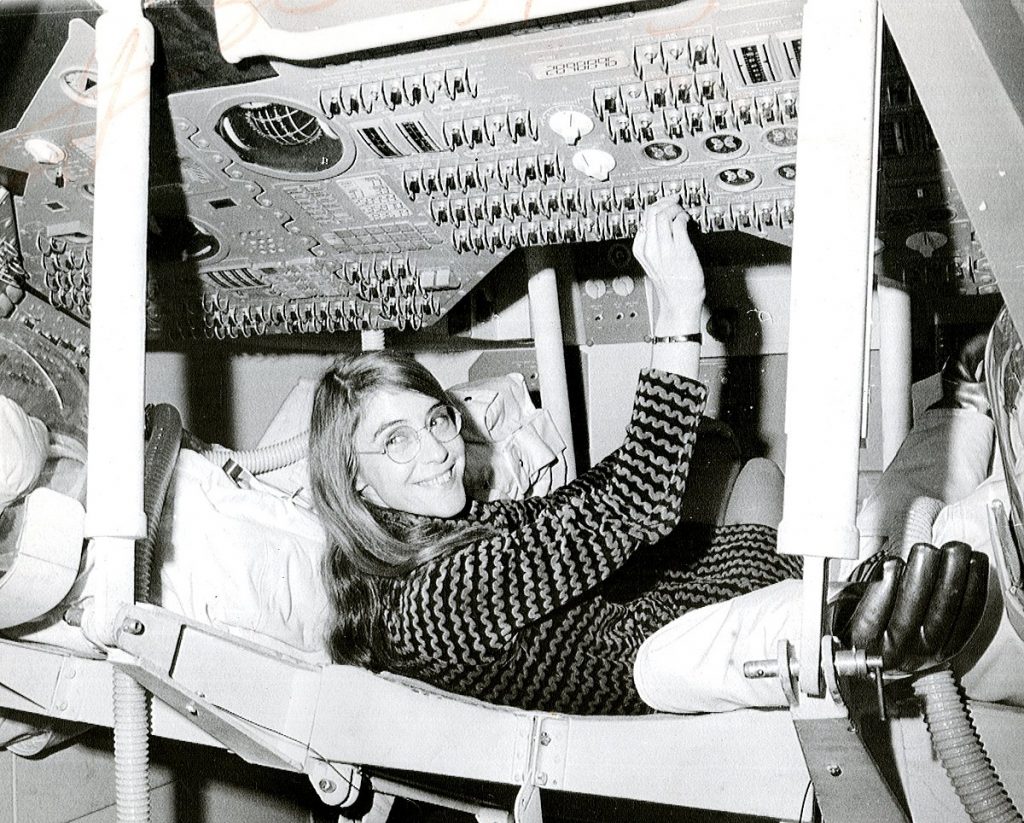
Mary Anderson: The windshield wiper
There are inventions that seem simple, but that become indispensable in everyday life. Such is the case of the windshield wiper, created by the American Mary Anderson. The idea occurred to him when she, being in New York, while moving on a tram, she noticed that the driver had constantly had to stop and get off cleaning the glass, due to rain.
Anderson hired a designer to conclude her idea and then patented her. The windshield wiper was born. By 1916, all automobiles already counted on this practical gatherer.
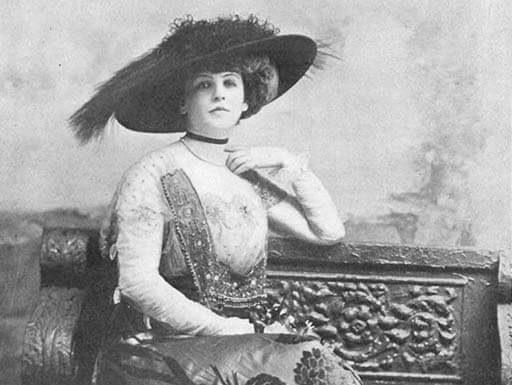
Amanda Jones: Vacuum packaging
Being able to store food without being spoiled was a long learning process and for which various methods have been created, from smoked, to salting. However, it was the invention of Amanda Jones who revolutionized the industry, by being able to eliminate the air from cans and flasks.
The American writer and inventor patented her invention in 1873.


